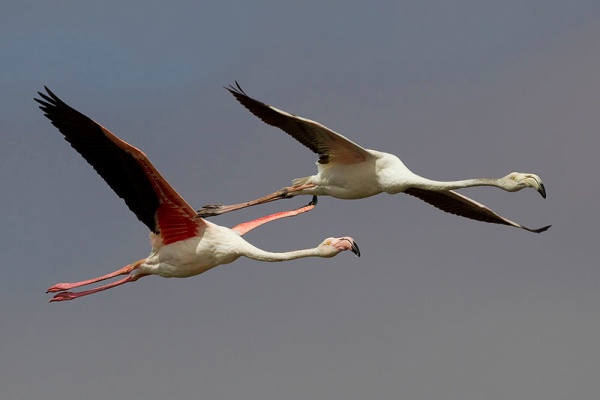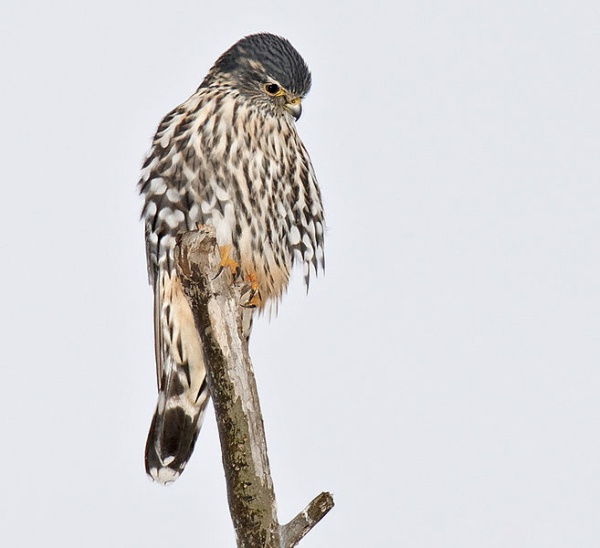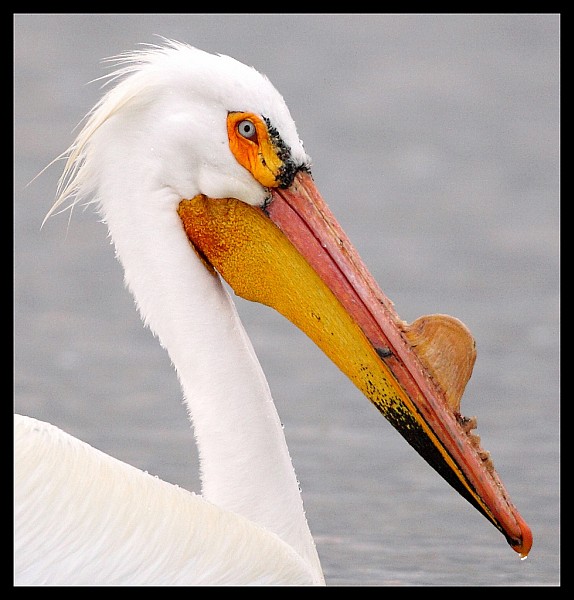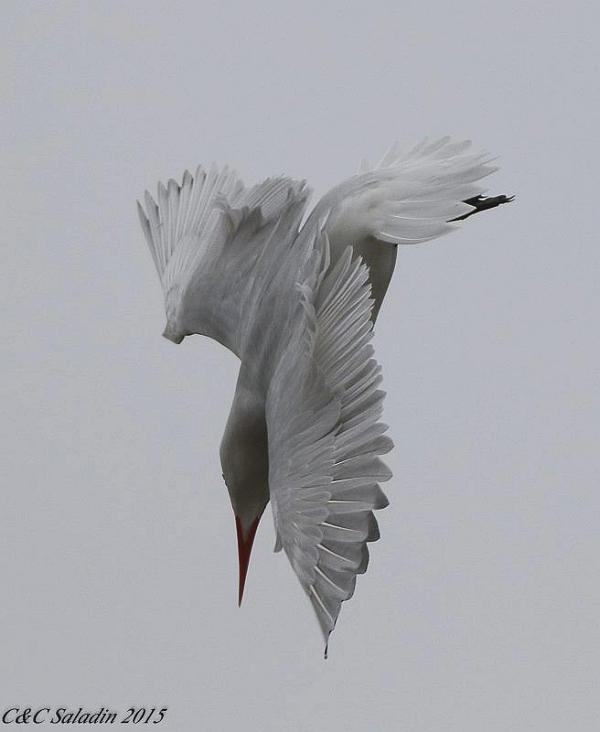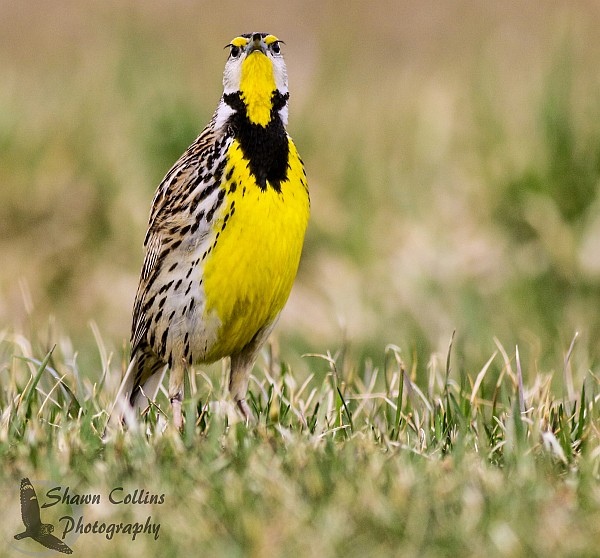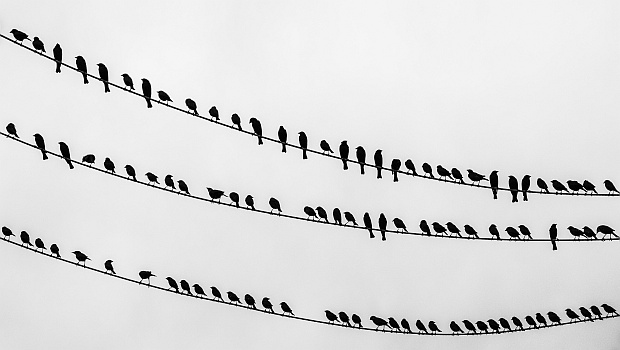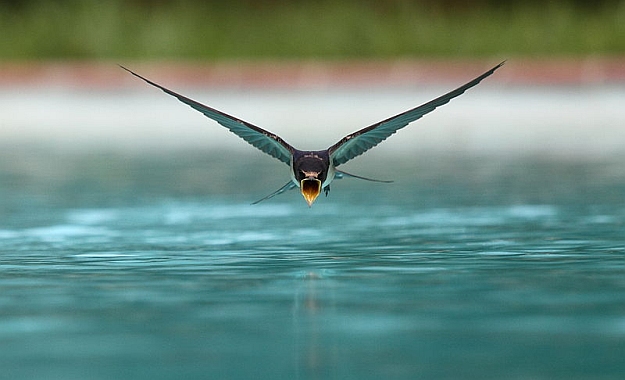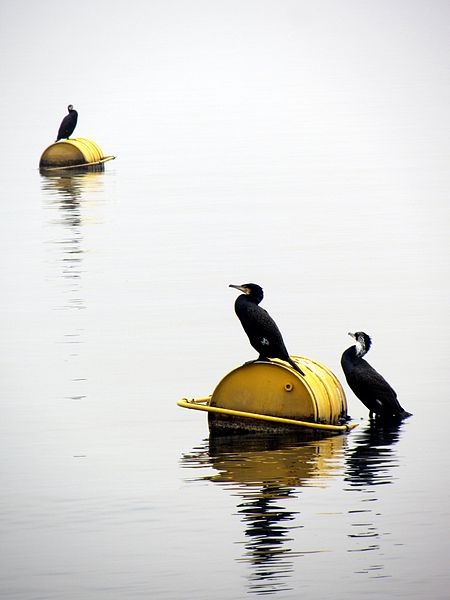
16 March 2015
How many snow geese are in this picture? Imagine if it was your job to count them!
Snow goose migration got off to a slow start this spring because the lakes remained frozen in Pennsylvania. In warm winters they start to arrive at Middle Creek Wildlife Management Area on the Lebanon-Lancaster County border in late February. But that was out of the question this year. The narrow north end of Chesapeake Bay was frozen in mid-February and there were 10-12 inches of ice on Middle Creek lake. The geese stayed south.
The situation changed rapidly, though. A week ago there were 100 snow geese at Middle Creek. On Thursday March 12 there were suddenly 20,000. On Friday there were 75,000 with more arriving throughout the day. The count this morning is anyone’s guess.
Actually, the number of snow geese at Middle Creek is Jim Binder’s very educated estimate. Jim has been the manager of Middle Creek WMA since 1997 and has decades of experience counting these birds.
The trick to counting is that snow geese always rest on the lake’s open water at night. Jim comes out before dawn and counts them at first light before they leave for the day. He knows the lake well and the numbers it can hold. He’s so good at counting that he can tell the number by their sound. The record is 180,000!
But Jim has to work fast. The flock wakes up and stretches its wings. Small groups leave in a leisurely fashion to feed in nearby fields but if something scares them — an airplane, a helicopter, or a bald eagle — the entire flock goes airborne at once with a roar.
When I want to see this spectacle I read Jim Binder’s snow goose count and arrive at Willow Point before dawn. Kim Steininger took this photo on a day when there were 80,000 to 100,000 snow geese at Middle Creek.
How many snow geese do I hope for? This many!
Note: Because the ice melted so late this year, snow goose migration is likely to be intense and over quickly. The geese are running out of time to get home.
(photo by Kim Steininger)
